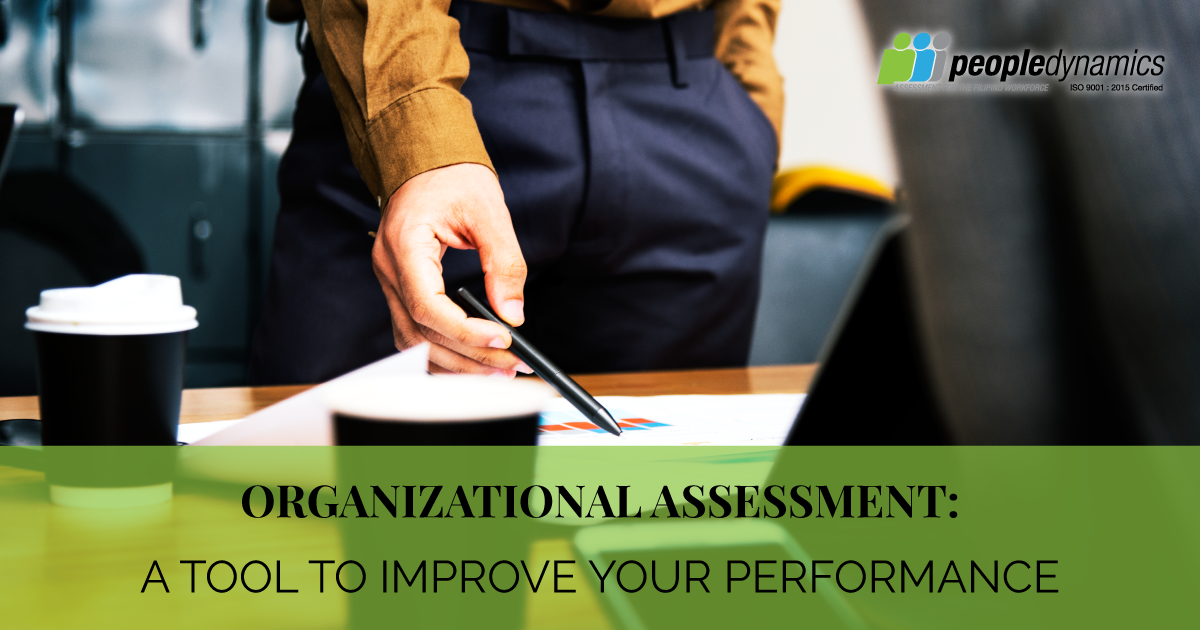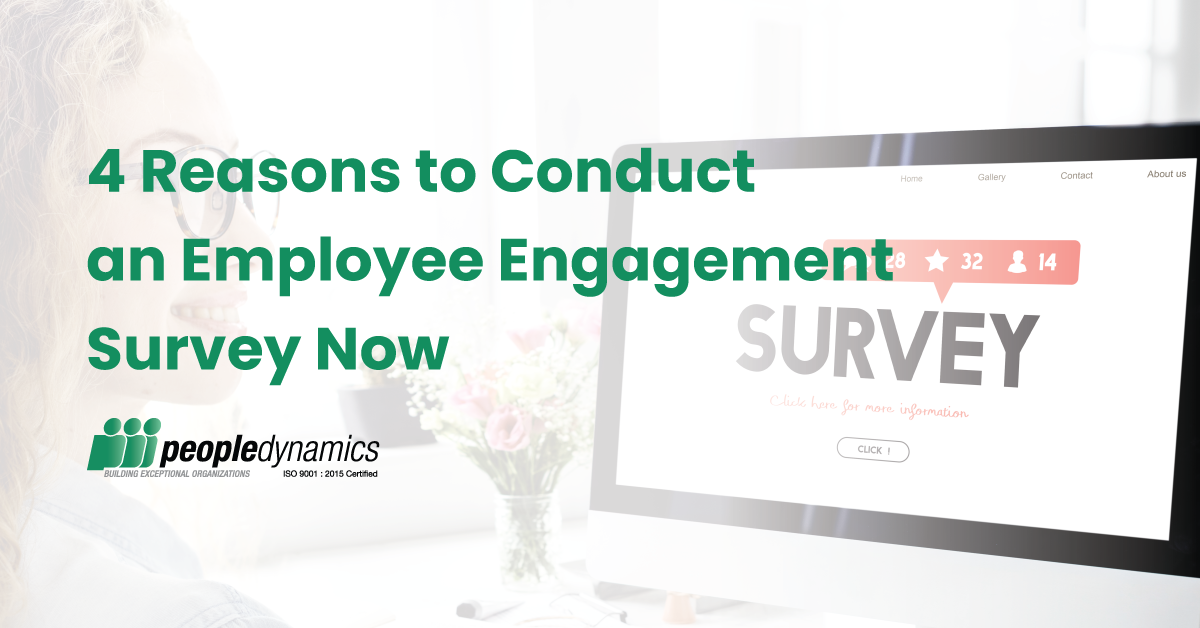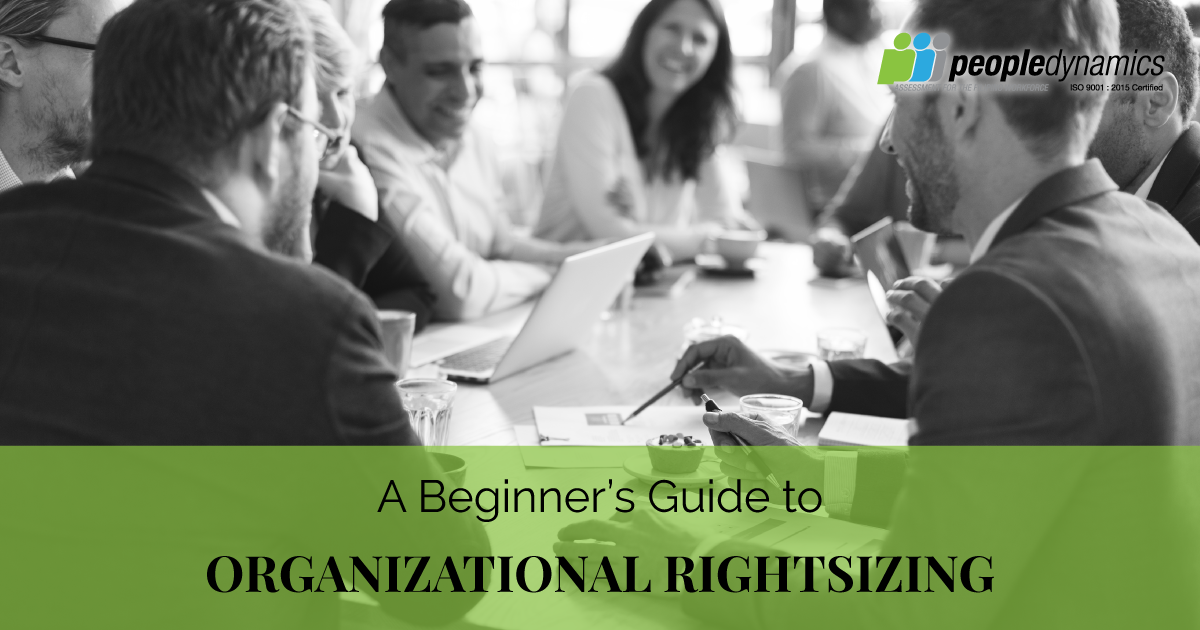Organizations are constantly trying to adapt, survive, perform, and influence. But the road to success is littered with obstacles, and things don’t always go well. Sometimes, these failures are obvious, but sometimes, they’re not. How will you know if your organization is really performing or not? The answer: an organizational assessment.
What is an Organizational Assessment?
Because of the need for continuous improvement, organizations must fully know themselves and be able to properly assess their efficiency and effectiveness. An organizational assessment (OA) is a systematic process for obtaining valid information about the performance of an organization and the factors that affect performance.
An OA is often used as a diagnostic process or the starting point for planning and implementing internal changes and/or strategic planning within the organization. It’s common to all organizations who want to grow in excellence, taking into account that “Excellence is never an end in itself”.
Things to Consider When Doing an Organizational Assessment
But, before you conduct an organizational assessment, there are important considerations you need to examine.
What type of approach should you have?
When doing an organizational assessment, should you do a self-assessment or commission an external one? This is one of the key decisions you need to make before you move forward. Organization self-assessment is a cyclic, participatory process. This allows you to have ownership of the assessment, which increases the acceptance of and commitment to the results.
On the other hand, commissioning someone else to conduct it for you will lessen your work. Their expertise in this area also assures you that they know what they’re doing and reduces the chances of mistakes.
Both approaches have good and bad points. You could also use a combination. What you have to keep in mind when determining what type of approach you should have is what works best for your organization.
What do you want to assess?
Now that you’ve determined what type of approach you should have, it’s time to determine what parts of your organization do you want to assess. Measuring something within an organization can increase its importance. Because of this, putting emphasis on the wrong thing may cause you to shift your objectives and affect your performance. At the same time, you should also know which indicators should go alone, which can be combined, and how these indicators will be interpreted by different stakeholders.
Which issues should you prioritize?
Why do you do an organizational assessment? It’s to improve. Because of this desire, you may be tempted to measure everything to know more. But, as the popular saying goes, “the more you see, the less you know”. To avoid this, you have to know which issues you should prioritize. You can measure and study innumerable things in your organization. For an organizational assessment to be effective, it should focus on the things with the greatest impact on the organization’s functions.
How will you use the results?
Organizational assessment results have a wide variety of uses. Such as the following:
- Help build the organization’s capacity.
- Help the organization validate its work.
- Diagnose problems and propose interventions.
- Improve the engagement and experience of your employees.
- As a communication tool to dialogue with the organization’s stakeholders, both internal and external.
- Help with the strategic planning of the organization.
Conducting an organizational assessment is important to ensure that your organization is reaching its highest potential. It could also help you in your agile transformation.
People Dynamics offers organizational assessments. Contact us now via email at solutions@peopledynamics.ph or call us at the following numbers: (02) 635 0016 / 637 8770 / 635 9215.




